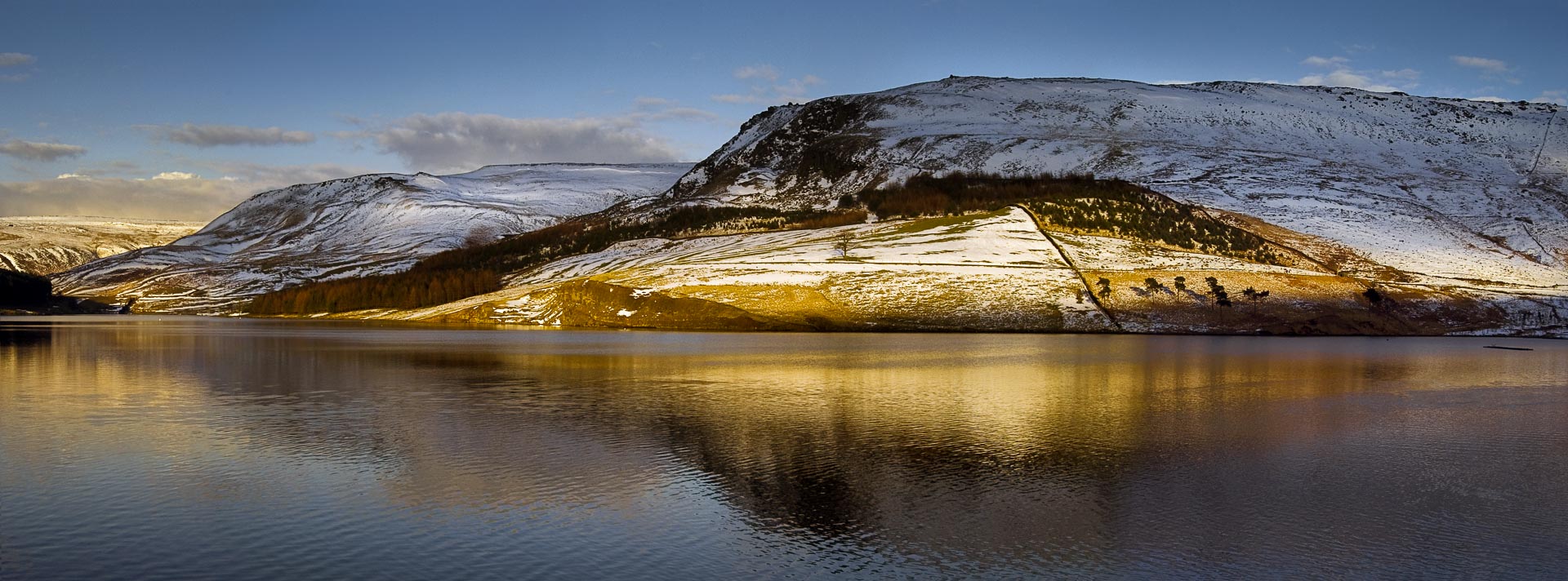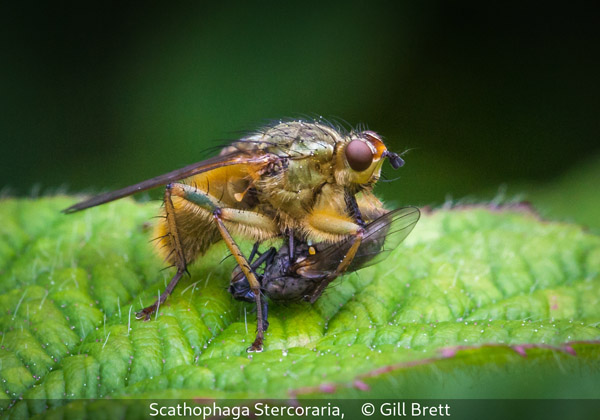
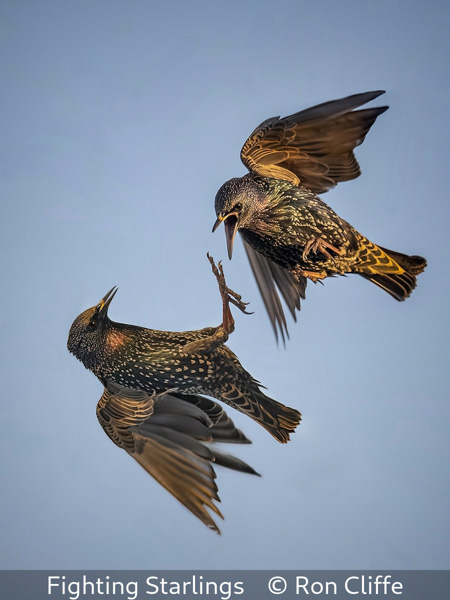
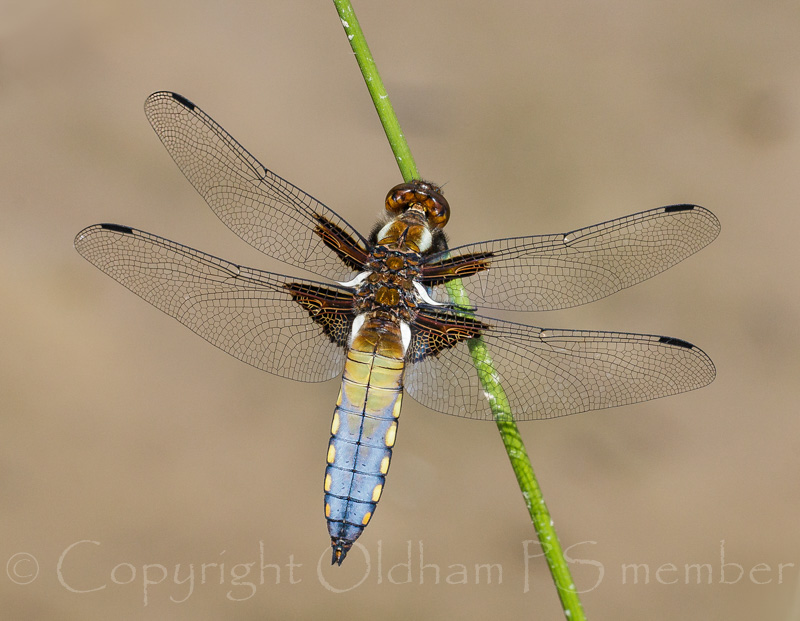
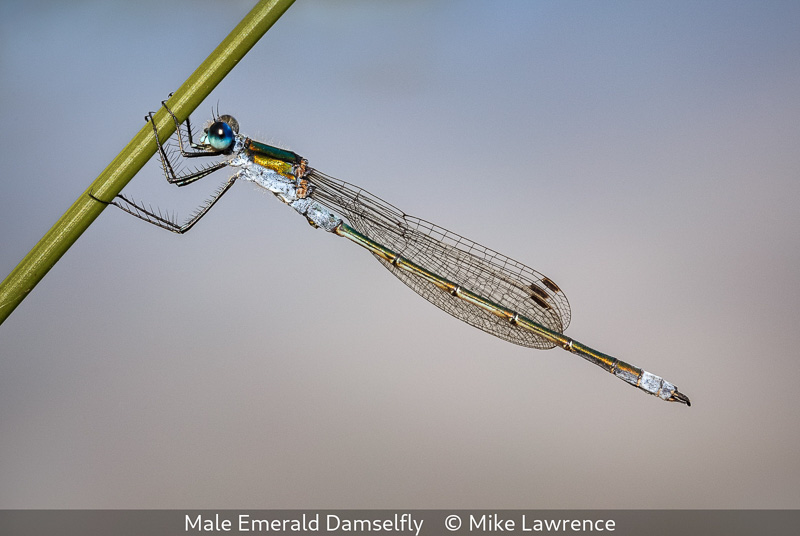
Nature for L&CPU Nature Competitions 2022
This applies to L&CPU competitions, so any images that Oldham PS enter for the nature sections of L&CPU competitions must satisfy this definition, as must images entered into any nature sections of Oldham PS.
Nature photography is restricted to the use of the photographic process to depict all branches of natural history, except anthropology and archaeology, in such a fashion that a well-informed person will be able to identify the subject material and certify its honest presentation.
The story telling value of a photograph must be weighed more than the pictorial quality while maintaining high technical quality.
Scientific bands, scientific tags or radio collars on wild animals are permissible. Photographs of human created hybrid plants, cultivated plants, feral animals, domestic animals, or mounted specimens are ineligible, as is any form of manipulation that alters the truth of the photographic statement.
Processing of the captured image, by cropping, exposure adjustment, colour correction, noise minimisation, dodging/burning, HDR, focus stacking and sharpening, is allowed. Cloning of image defects and minor distractions, including overlapping elements, are permitted when these do not distort the truth of the photographic statement.
Images entered as Nature can have landscape, geologic formations, weather phenomena, and extant organisms as the primary subject matter. This includes images taken with the subjects in controlled conditions, such as zoos, game farms, botanical gardens, aquariums and any enclosure where the subjects are totally dependent on man for food.
Access to biological subjects may be restricted. By entering an L&CPU event, Photographers warrant that they have followed relevant codes of practices and hold any necessary licenses.
Guidance
Guidance on implementation and interpretation of the PAGB Definition of Nature is available separately, and may be read in conjunction with this Definition.
Wildlife
Images entered in Wildlife sections are further defined as one or more extant zoological or botanical organisms free and unrestrained in a natural or adopted habitat. Landscapes, geologic formations, photographs of zoo or game farm animals, or of any extant zoological or botanical species taken under controlled conditions are not eligible in Wildlife sections. Wildlife is not limited to animals, birds, and insects. Marine subjects and botanical subjects (including fungi and algae) taken in the wild are suitable wildlife subjects, as are carcasses of extant species. Wildlife images may be entered in Nature sections.
Note, the Annual Individual and Club Competitions are Nature competitions. There is no Wildlife Competition but this definition will be used where a specific Wildlife Award is made.
Guidance on Implementation and Interpretation
Artistic Nature, meaning photographs which started as Nature but which have been creatively modified to show a purely pictorial image, do not meet the Nature definition. They may be entered in “Open” events and categories, and do not count towards any Nature quota restriction.
It is not feasible to investigate adherence to the Nature definition when receiving multiple entries at an Event. Entrants should therefore expect the Organiser to consider that if an image looks like a Nature image, then it will be treated as a Nature image, even if the entrant suggests excessive manipulation. Entrants should plan their entries accordingly, whether that is to an Event, or in a Category or within a Quota. It is not desirable to have an Image excluded at short notice, before or after judging, when there is no facility for discussion. In a Nature Event or Category, the Judges should assume that any Image presented to them does meet the PAGB Nature definition.
After judging, the Organiser has discretion to review eligibility, including calling for the original file of the image, and this is likely for any awards.
New eligibility rules for nature images in PAGB competitions from 2020
Nature means Images where living organisms are the primary subject matter.
The story telling value of an Image will normally be weighed more than the pictorial quality.
Nature includes: Images taken with subjects in controlled conditions such as zoos, game parks, botanic gardens, aquariums and enclosures where the subjects are dependent on man for food. Scientific bands, tags or collars are permissible.
Nature excludes: Images where the subjects are obviously domestic animals or plants. Images where an obviously artistic treatment has been applied.
Processing of the captured image, by cropping, exposure adjustment, colour correction, noise minimisation, dodging/burning, HDR, focus stacking and sharpening, is permitted, as is cloning of image defects and minor distractions including overlapping elements.
An Image appearing to meet these criteria will be accepted as Nature.
The Judges will normally assume that any Image presented to them is eligible.
Access to some biological subjects may be restricted. Where that is relevant, then Photographers warrant that they have followed relevant codes of practices and hold any necessary licences.

